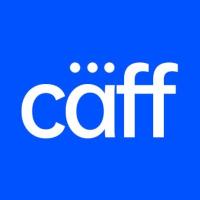How to uncover the latest trends in Web3? Web3Caff Research will carefully select the latest publicly disclosed Web3 funding projects for you, and provide analysis and commentary. See beyond the surface—follow us now to sniff out market trends.
Author: Shirley Li , Researcher at Web3Caff Research
Cover: Logo from this project, Typography by Web3Caff Research
Word count: Approximately 3000+ words in total
According to The Block , on November 6, the Solana ecosystem infrastructure project Harmonic completed a $6 million seed round of financing, led by Paradigm, with participation from several key Solana stakeholders as angel investors.
As is well known, Solana is a Layer 1 blockchain renowned for its performance. It achieves extremely high TPS and low latency through mechanisms such as parallel execution, consensus algorithms, and sharding propagation. However, Solana actually has some hidden concerns regarding its block construction mechanism.
Let's first understand the commonly used "block building" mechanism. Typically, a transaction goes through several steps from its creation to its final recording on the blockchain:
- After a user or frontend submits a transaction to the network, it will enter the node's mempool and wait to be packaged.
- Block builders (or possibly block validators) collect transactions from the node's mempool or third-party market makers and decide which transactions to include in their blocks.
- The block builder sorts the selected transactions, then includes them in a candidate block and broadcasts it to the network;
- Block validators verify the blocks and then submit the final block to the chain.








